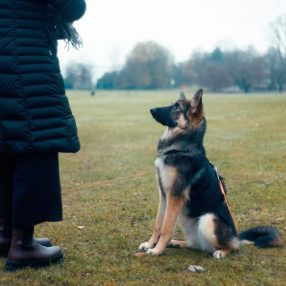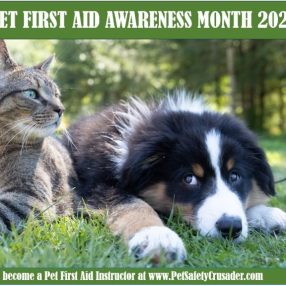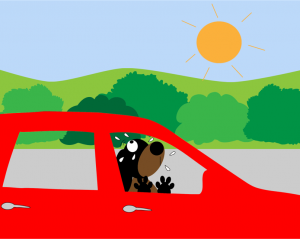 The stifling heat of summer is dangerous not only for people but for pets, too. Like you, they can suffer from heatstroke and dehydration. With their thick coats, you might see your dogs with their tongues out, trying to catch their breath. That’s because their hearts and lungs are overcompensating due to the heat. Their bodies are trying to cool themselves. Can you just imagine the scorching 90-degree weather in California and Florida in July? If you dread the heat of those months, imagine how your dogs might be feeling. Sure, they love to frolic on the beach and run uphill for their nature walks, but they don’t realize what the heat does to their bodies until it’s too late. This is also the reason why pet owners need pet insurance in California. The summer heat there can be too much for their dogs that they may be hospitalized because of dehydration.
The stifling heat of summer is dangerous not only for people but for pets, too. Like you, they can suffer from heatstroke and dehydration. With their thick coats, you might see your dogs with their tongues out, trying to catch their breath. That’s because their hearts and lungs are overcompensating due to the heat. Their bodies are trying to cool themselves. Can you just imagine the scorching 90-degree weather in California and Florida in July? If you dread the heat of those months, imagine how your dogs might be feeling. Sure, they love to frolic on the beach and run uphill for their nature walks, but they don’t realize what the heat does to their bodies until it’s too late. This is also the reason why pet owners need pet insurance in California. The summer heat there can be too much for their dogs that they may be hospitalized because of dehydration.
Limit Exercise During Hot Days
It is impractical to exercise outdoors during the hottest days of the year. If you really have to give your pets some exercise, do so in the early morning or late evening. Even then, the asphalt or gravel may be hot, so make sure to cover their paws or stick to walking on the grass or a dirt-lined hiking trail. Also, try to limit strenuous exercises such as hiking and running, especially during the hottest times of the day. A walk is enough for their everyday routine. If you’ve taken your dog on a walk when it’s scorching hot outside, be sure to check their paws throughout and afterwards. Here are a few signs that will tell you if you’re dogs paws have been compromised:
- They’re limping or showing signs of discomfort every time they take a step
- Paw pads have changed color, for instance, turning from pink to red
- Paw pads are blistering or peeling
If you don’t think a walk in the park is a good decision with the weather, consider making them go up and down the staircase a few times at your home or building. That’s enough cardio activity for dogs. As much as possible, keep your dogs indoors and in air-conditioned homes or shaded areas.
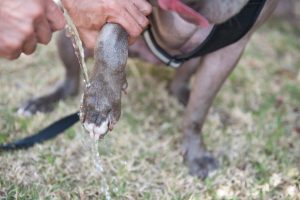 Cool Down Their Bodies
Cool Down Their Bodies
Provide ample shade and water for your dogs. Don’t just watch them as they pant. That usually means their lungs are trying to cool down their bodies. Even electric fans have no use for dogs during summer. Take them with you inside an air-conditioned room. Also, don’t forget to give them water. Make sure they have access to it whenever they want. The worst thing that can happen to dogs during summer is dehydration. Though you don’t see it, dogs also sweat. Always bring water with you when you walk. You should also bathe them more frequently during summer. Use cold water when you do to cool their bodies down.
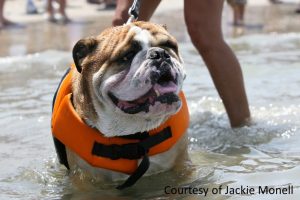 Know the Signs of Heatstroke
Know the Signs of Heatstroke
Signs of heatstroke in dogs are very similar to how humans suffer from it. Take note if your dogs look dizzy, excessively thirsty, lethargic, and drooling. They will also have a rapid heartbeat, glazed eyes, difficult breathing, fever, lack of coordination, and deep red or purple tongue. The most severe case of heatstroke in dogs will make them suffer from seizures and unconsciousness. This is when you have to take them to an emergency room. Dogs with short muzzles are prone to dehydration and heatstroke. If you have shih tzus, boxers, and pugs, keep them indoors during summer. Imagine wearing a down jacket during the summer. That’s how your dogs feel in hot weather. Their coat protects them from many things, but it’s a nuisance during the summer. Summer usually lasts two to three months at the most, so keep these tips in mind. If you are unsure about what to do, seek professional veterinary care


